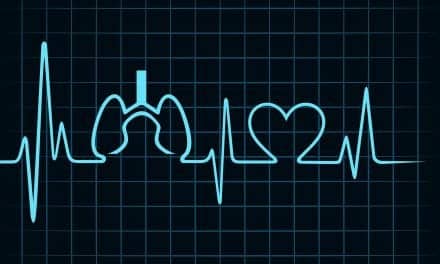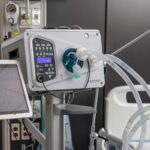New data presented at ESC’s ACVC 2025 reveals that time to CPR initiation for out-of-hospital cardiac arrest (OHCA) is more critical to successful outcomes than who performs the CPR.
RT’s Three Key Takeaways
- For out-of-hospital cardiac arrest (OHCA), speed of CPR initiation, rather than who performs it, is crucial to survival and better outcomes.
- Each 5-minute delay in return of spontaneous circulation in patients experiencing OHCA is associated with a 38% increased risk of death.
- Increasing the number of individuals trained in proper CPR techniques within the public is essential to improving the still alarmingly low survival rates for OHCA.
While the proportion of bystanders performing CPR has increased over the past two decades, the critical factor in determining survival and long-term outcomes is how quickly CPR is started, not who performs it, according to research presented at ESC Acute CardioVascular Care congress in Florence, Italy.
More specifically, while it is encouraging that the number of bystander rescuers has increased compared to previous years, the fact that 80% of out-of-hospital cardiac arrests (OHCA) occur in residential settings highlights the crucial need for further public education and Basic Life Support (BLS) training to improve survival rates, the researchers say.
According to ESC, chances of survival for patients having a cardiac arrest outside hospital are between 1% and 10%. Even for those who survive the initial event and are taken to hospital, the chances of survival are still low (1- 10% as well) because of complications, as shown by the statistics in the literature and clinical practice.
The authors conclude: “Over time, the proportion of layperson rescuers constantly increased. Rapid return of spontaneous circulation was was crucial for in-hospital survival, independently of rescuer type. Also, similar long-term survival was observed comparing patients with initial layperson or emergency medical service cardiopulmonary resuscitaiton. Our data highlights the importance of immediate resuscitation and underlines the importance to promote population awareness and BLS training to further improve survival after out-of-hospital cardiac arrest.”
The authors analysed data from 3315 patients with ST-elevated myocardial infarction (STEMI), a type of heart attack caused by a complete blockage of a major heart artery, who were admitted to the cardiology department at University Hospital Trieste over the 22-year period (2003-2024). Among them, 172 suffered OHCA, and in total 44 had received CPR from a bystander during the whole study period. When the study period was divided into five intervals (2003-2007, 2008-2011, 2012-2015, 2016–2019 and 2020 to 2024) (see Figure 1 of abstract), the authors observed a significant increase in the proportion of patients receiving bystander-initiated CPR throughout the years. Statistical analysis showed the proportion of patients receiving bystander CPR increased from 26% in 2003-2007 to 69% in 2020-2024.
The median time to return of spontaneous circulation (ROSC) was 10 minutes overall, but longer for bystander CPR (20 minutes) compared with medical operators (5 minutes). Patients who received bystander CPR more frequently underwent endotracheal intubation (ET) (91% for bystander CPR versus 65% for those receiving EMS CPR).
Overall, one quarter of the patients (25.6%) died in the initial period of hospital admission. Compared to survivors, patients who died in-hospital were older (mean age: 67 years versus 62 years) and had more comorbidities. Statistical analysis revealed worse left ventricular ejection fraction (LVEF), longer time to ROSC and older age were predictors of in-hospital mortality, after correction for rescuer type. More precisely, each 5-minute increase in time to ROSC and a 5-percentage-point decrease in LVEF were associated with a 38% increased risk in mortality, whereas every 5-years increase in age corresponded to a 46% higher death risk. Then, during a median follow-up of 7 years, 18 patients (14%) died, but the authors’ analysis showed mortality did not differ based on rescuer type.
While these survival rates are higher than typically seen for OHCA patients, the authors explain that various factors could be behind this – the patients included in this study had STEMI-type heart attacks, from which the chances of recovery are higher (compared to patients with OHCA with other cardiac and extracardiac causes). Other factors could include higher than average proportions of bystanders trained in CPR, and strongly performing emergency health systems enabling operators to reach victims more rapidly.










